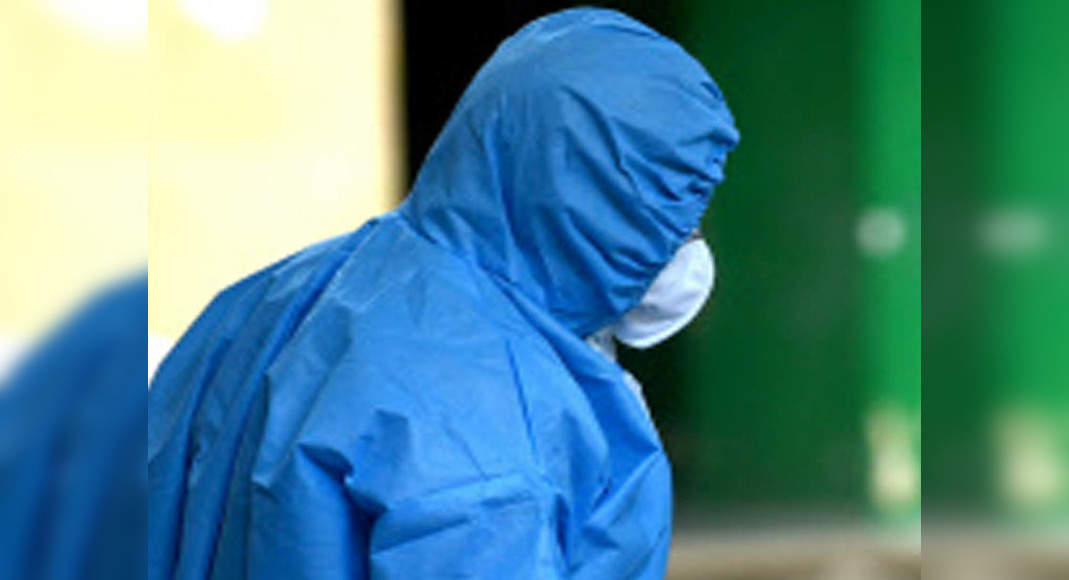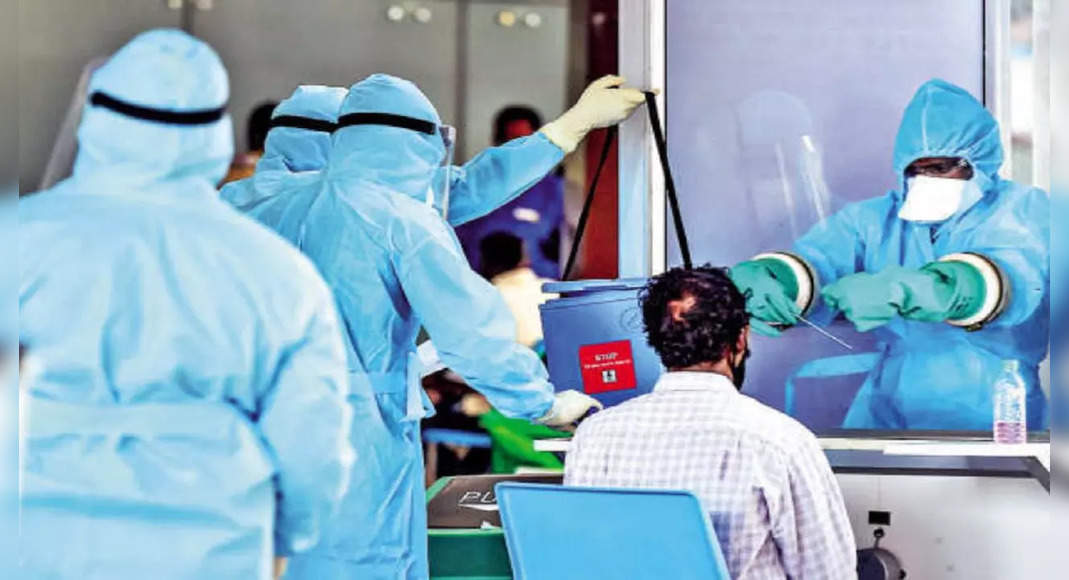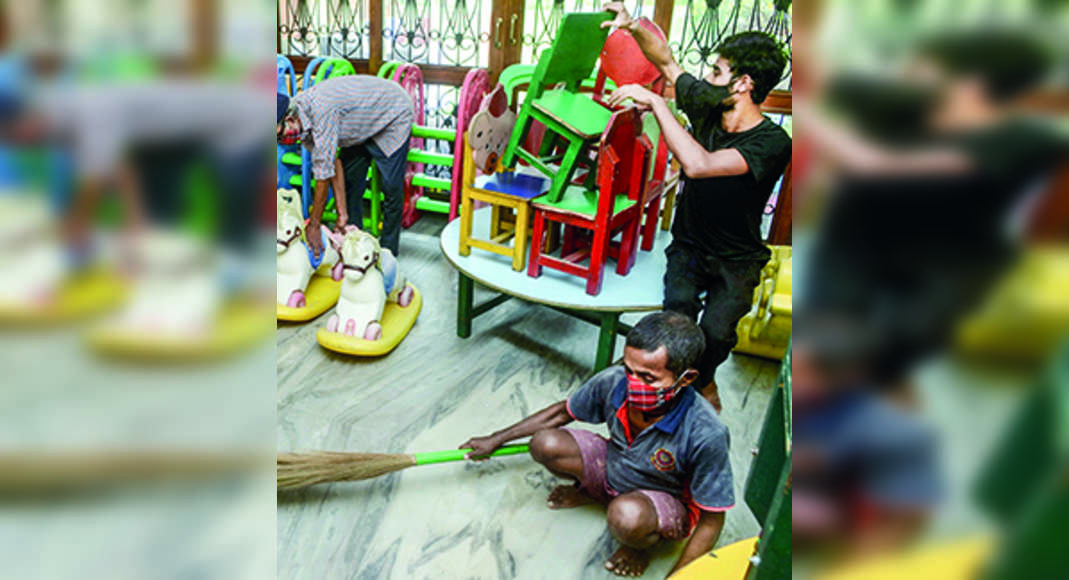COIMBATORE: The test positivity rate, which was the second highest in the state at 34% during May 28-June 3, has come down to 26% during June 4-8 in the district.
Officials attributed this to the 16% drop in the positivity rate that the city corporation limits recorded during the period.
The officials said the infectivity rate was high in rural areas, which on certain days record a positivity rate above 30%.
Hence, they have intensified door-to-door survey in the rural areas.
The positivity rate had crossed 36% in the district during the peak of the second wave, when it used to record 4,000 to 4,700 cases a day.
This was mainly because the health department was not tracing all contacts and testing them.
Samples tested a day then was just more than 12,000, which were of symptomatic people and their immediate contacts, who were highly likely to be tested positive for the virus.
The negative cases were the only people who went for testing for travel and other purposes.
However, as officials began adopting aggressive testing measures in rural areas, cases began declining to 2,700-2,500 a day.
And the test positivity rate followed suit at 26%.
Collector S Nagarajan said, “We have intensified the door-to-door survey in rural areas as well.
We have a population of around 3.2 lakh in village panchayats and we are trying to visit them daily.” Health secretary J Radhakrishnan said the volunteers and monitoring teams were convincing the people with symptoms to undergo Covid testing.
“If possible, they collect nasal swabs from the symptomatic people immediately and isolate them.” The city corporation has been leading from the front, bringing down the test positivity rate in its limits to 16% from 30% in May third week.
Reducing the movement of positive patients in their houses and on the roads had played a major role in this.
A corporation official said, “This was achieved by introducing car ambulances, which reduced the burden on the family members to rush a patient to triage centres and hospitals in their vehicles in search of a bed, risking the virus transmission.
We also introduced home triages to prevent patients from visiting medical shops to buy their medications.
Another effort that paid off was isolating symptomatic people.” The number of people in home isolation has, meanwhile, come down to 19,518 on Tuesday from 26,000 in May last week.
“We allow home isolation only if the patient has a separate room in the house, is educated enough to take all precautions and cooperate with our monitoring.
Mild symptoms, including fever for less than two days and no cough, are also taken into account,” a health department official said.







